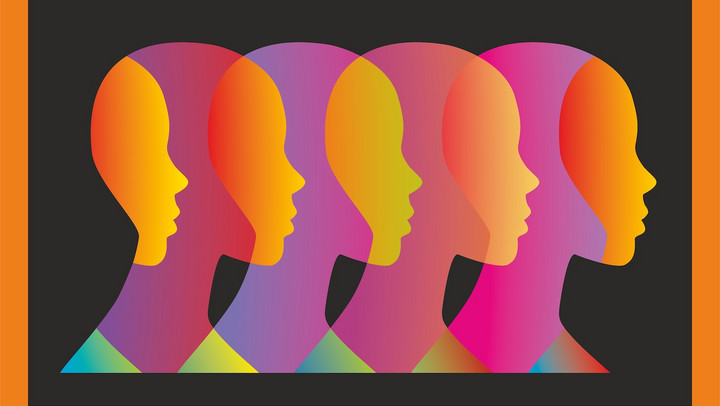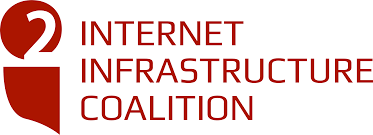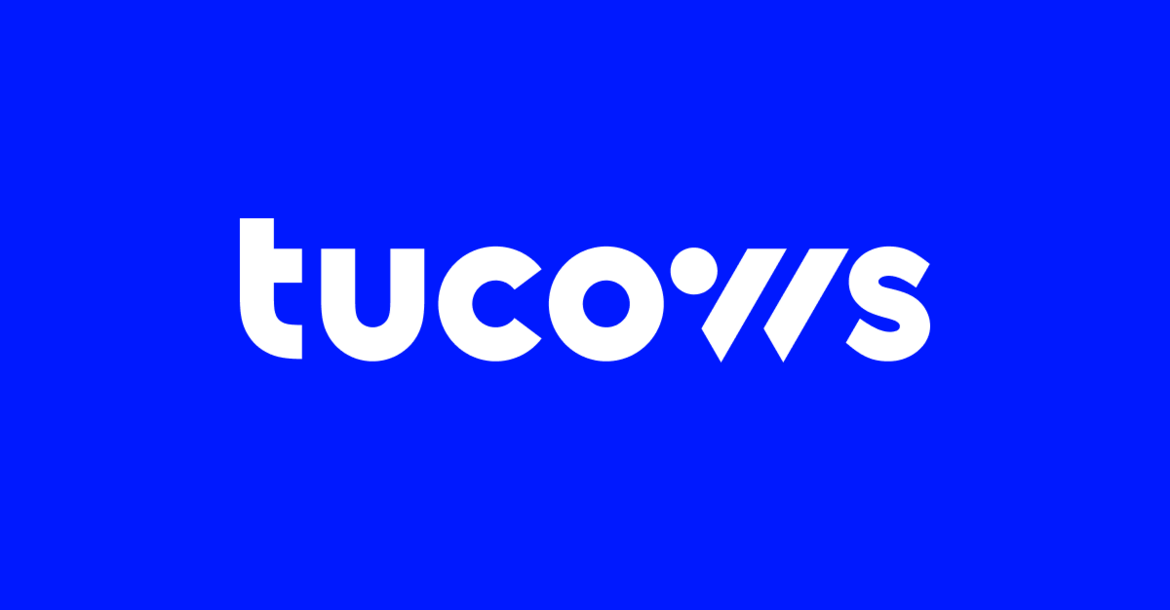Improving Diversity in the Workplace
Gain great insights into what we can do to help improve diversity in the workplace in this article from Sarah Wyld from Tucows and Jennifer Doubrava from cPanel.

© Eva Almqvist | istockphoto.com
This article was first published on 16 November 2020 as a special guest post on the website of the i2Coalition, eco Association’s US-based Internet industry partner association.
There is great value in diversity. When more experiences, ideas, and differences are welcome at our respective tables, and when we are each able to be true to our own unique perspectives and histories, we are better able to understand and appreciate the world around us and to contribute in a meaningful way.
And so, we have to ask a question: how can those of us who prioritize diversity and representation ensure that our workplaces reflect these values and create space where people of various backgrounds and groups can participate and thrive? We already had this topic on our schedule, but it seems more relevant today than ever before.
One perhaps common impulse when considering this topic is to find and share articles by people from underrepresented or marginalized communities, but that may not be the best way to go about things. Certainly, those voices should be amplified. But that can also have the effect of simply relying on those people to do the work of criticizing the structures that those of us who benefit from should be dismantling ourselves.
With that in mind, we wanted to share a few concrete steps and suggestions for how to help make our workplaces more diverse.
We’ll start with some thoughts on what’s not helpful. Surface-level changes are not effective on their own, and take up time and attention that could instead be used towards making real change. Adjusting the colors of your logo means nothing if you don’t also take action to support diversity; putting out a statement is only empty words without true efforts underpinning it. Inclusion is more than a hashtag used in advertising copy.
Instead, we need to create a workplace that encourages diversity of experience, that nourishes staff from all kinds of backgrounds and with all kinds of identities in order to bring out the best in each person.
The change that needs to happen starts with us, in how we conduct ourselves and our businesses; we must create a workplace that doesn’t simply allow diversity but actively encourages it before we can expect to see any improvement. This must be a long-term commitment to growth, not a one-time event. And finally, our workplace does not exist independently from our society; in order for any change to be long-lasting and effective, we must take action in our communities as well.
So what can we do? Here are some ideas for how to use the primary resources we have as businesses: money, time, access, and actual work output.
Money
Financial donations can be a powerful way to support organizations that are already doing good work. They are often the experts in their fields, and providing financial support allows them to continue that work. Companies can provide funding to both local and more widespread efforts; if seeing the direct effect of the donation is helpful, focusing on groups doing work within your industry or your community can help to make that effect visible.
First step: Set a philanthropy goal, such as the amount of money you want to donate or number of organizations you want to support, and lay out a plan to achieve that over the coming year.
Time
Create space within your organizations for diverse people with diverse experiences. It’s all too easy to stifle differences; organizations that are truly committed to diversity must ensure that this diversity is welcomed and encouraged. One way to do this is with employee resource groups, which provide time for colleagues to come together to share experiences and be in a space where their specific characteristic is a commonality. Another way is through creating or supporting the development of volunteer teams, providing staff with resources and even paid time out of the office to participate in external events.
First step: Work with the team responsible for volunteer coordination or learning and development to set up a schedule of events both within your office and in the broader community.
Access
The diversity of the workplace is of course dependent on the diversity of the people who work there, so hiring and promotion practices are crucial aspects of any efforts towards diversity. Hiring teams and managers need to be trained on unconscious bias, including how to write job postings in ways that are accessible to a diversity of potential hires. The open positions need to be posted in places where a wide range of people can access them. Finally, there must be company policies in place that make bullying and any discriminatory behavior entirely unacceptable, hinging on an HR team that is empowered to hold staff accountable and ensure a welcoming and safe workplace.
First step: Take a look at our webinar on unconscious bias and work with your HR team to implement diversity and inclusion policies.
Work Product
The products and services that we create are not separate from our diversity efforts; what we make helps determine who works with us. There have been several news stories lately about businesses changing their services or limiting the use of their products due to concerns about the effect of their work on peoples’ lives. Consider the effect of your work on the world at large; what can you do to make sure you are behaving in a way that matches your ethics and goal of improving diversity?
First step: As this is very specific to your company, look at the products and services you offer and how they are used. How do they fit with your commitment to diversity? How can you ensure that marginalized groups are supported by your products and services—or at least are not further marginalized by them?
This is the hard part; hopefully these ideas have given you a good jumping-off point for your own work towards diversity and inclusion in your workplace and your community. For some more in-depth suggestions, the Obama White House archives have a number of additional resources.
Jennifer Doubrava is the Documentation Manager at cPanel, LLC. She has been with cPanel for the last 12 years in various positions from a System Analyst to a Technical Writer before moving into her current position. Jennifer challenges her team daily to present the documentation and product information for cPanel & WHM in new and innovative ways. Her biggest passion is enabling under-represented communities in STEM and Information Technology. She volunteers in many organizations to help promote these areas of education in her local community.
Sarah Wyld, CIPP/E is the Policy and Privacy Manager at Tucows, where she helps make the Internet better. Tucows is a domain name registrar, fiber internet provider, and mobile services enabler. Sarah manages Tucows’ privacy-related processes and data governance, including creating data processing policies and staff training programs. She works as an active participant within the ICANN policy development community and is also involved in Tucows’ corporate presence in other industry groups, including as a member of the Internet Infrastructure Coalition's Diversity and Inclusion Committee, for which she co-wrote this article.
Further information on the topic of diversity can be found on dotmagazine's Diversity focus page and in the eco Association 2020 study on Women in Tech Across the Globe: A Good Practice Guide for Companies.

Please note: The opinions expressed in Industry Insights published by dotmagazine are the author’s own and do not reflect the view of the publisher, eco – Association of the Internet Industry.







